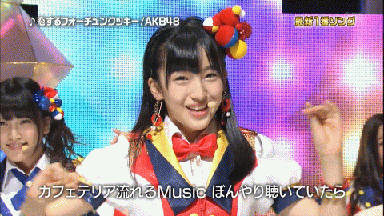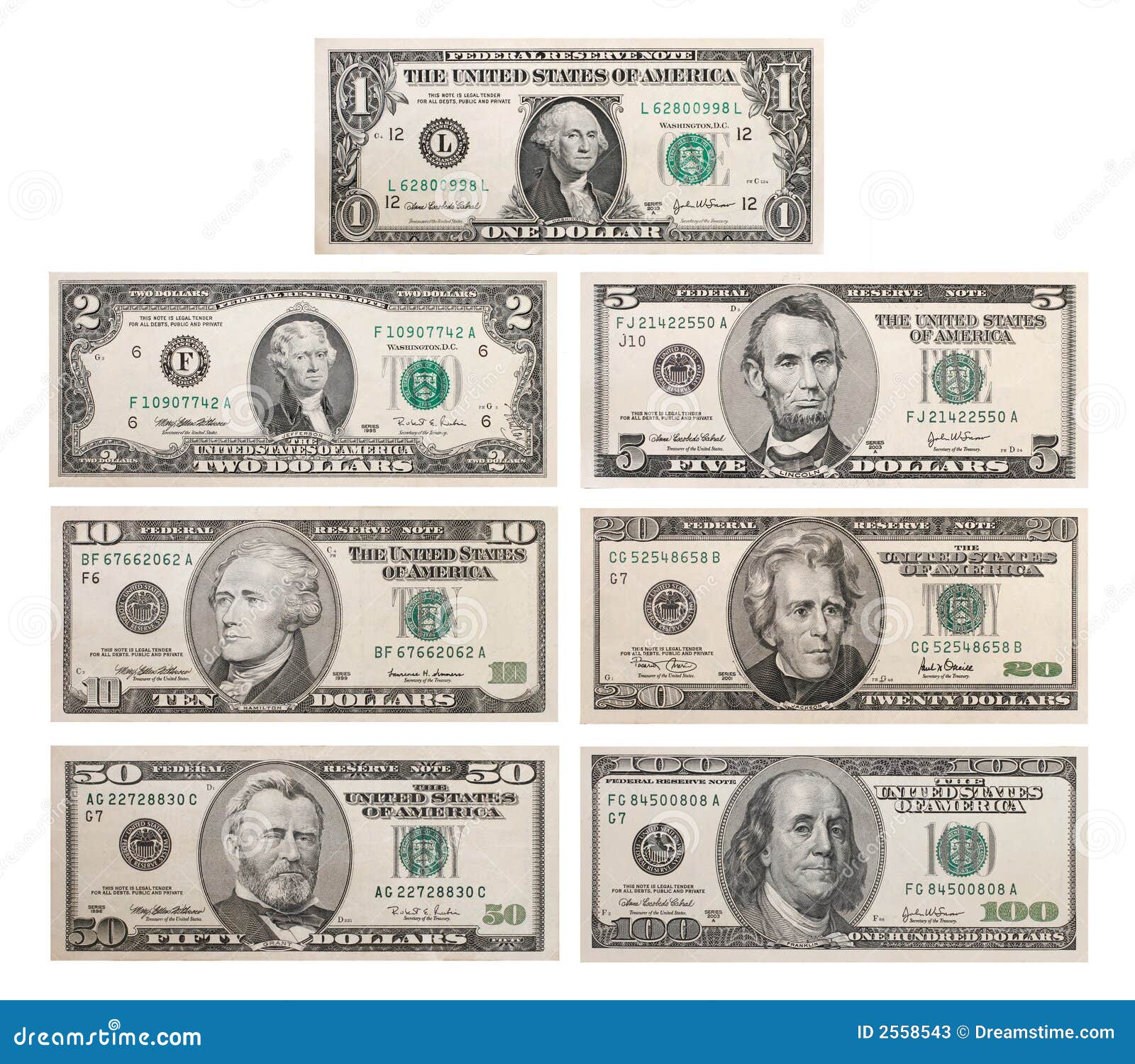Forum Replies Created
-
AuthorPosts
-
Michael, American bills stay the same for the most part. Im sure some have changed at some point for some reason, but mostly they’ve stayed the same boring green & white since they began. Yours look cool though. :)
Missingno15, Thanks for the mini lesson! I’ll check it out this week when I have more time (when its not 5AM). ; DAwesome, thank you for taking the time to participate – it makes the time I spent thinking up of this more worthwhile.

I wonder if gifs work


WOOT NY(C)!

I learned it from watching this video
見りゃわかる。

Am I to take your lack of comment about every other question as an indication that I got full marks? =P


Also, why did you not practice listening? Did you really think you were that good at it that you didn’t need practice?
Yes unfortunately (⌒_⌒;
I’ve only heard about it, but the listening makes sure that all the answers have been said in the dialogue to confuse you. And confuse me it did

Also I speak from experience. When I first learned about it, I tried using it among a group of Japanese exchange students at my university so I said 「見りゃわかる」to a girl and she suddenly started speaking in 敬語 saying 「はい、わかります。」. And the guy next to her was like “..why is he saying 見りゃ” under his breath in a slightly appalled manner.
SO YEAH, ID HATE FOR THE SAME THING TO HAPPEN TO YOU GUYS

I’m going to guess it’s a “tough guy” way of speaking, so it’s not going to be used in everyday conversation much, if at all.


How often would someone say something like this in a regular conversation (regular meaning japanese to japanese or you to japanese)?
Fairly often. That’s what makes it colloquial.


Also regarding listening, I didn’t practice for N2 at all and it naturally showed on the test. Also, it didn’t help that I didn’t practice the listening section at all so at the time I took the test, it was the very first time I was exposed to the JLPT listening format ^^; Even though listening did end up being my lowest score, I still passed luckily.

Ok answer time.
1 ロック:少し黙ってろ。口うるさいやつは。。。
2 スコッチ:。。。COOLじゃね。
3
4 ロック:だが、お前の体にくっついている武器がどうやら。。。
5
6 スコッチ:。。。COOLなようだ。
7
8 ロック:マスターに渡しりゃ、その報酬は。。。
9
10 ロック&スコッチ:。。。SO COOL!
11
12 ロック:しかし、今日も寒い。
13
14 スコッチ:体がCOOL。
15
16 不思議な女の人:服を着ろ!
17
18
19New set of questions.
1. 黙ってろ is an abbreviation of what grammar point? What is the function of that grammar point?
2. In line 4, why does the verb くっつている come after the noun 武器? What purpose does that serve?
3. In line 6, the なadjective COOL modifies the word よう. If it (よう) were to be written in kanji, how would that look like? What purpose does よう serve here and does it have grammar points similar to it? Do the similar grammar points need to be modified in the same way よう does?
4. In line 8, what is 「渡しりゃ」? How often would someone say something like this in a regular conversation (regular meaning japanese to japanese or you to japanese)?
5. In this video, Mark’s favorite member is present. Guess who it is by taking a screenshot and posting it here.

Yeah we’ve had the same presidents on our bank notes for as long as I can remember, the only thing thats changed over the years is the design and security features. The latest issue of US money looks like this

Our coins though have been changing slightly more frequently than our bills though with the collectible 50 state quarters etc, and now we have American the beautiful quarters

Yup, this is the money that I grew up with
Except 2 dollar bills are really rare


No, I mean I’m glad that you 2 are participating but it’d be awesome if more people would participate, or or at least just try.
Also Mark is busy with リア充 and making them greens (or whatever color they use for their paper money in Denmark).

any other takers?

-
AuthorPosts
